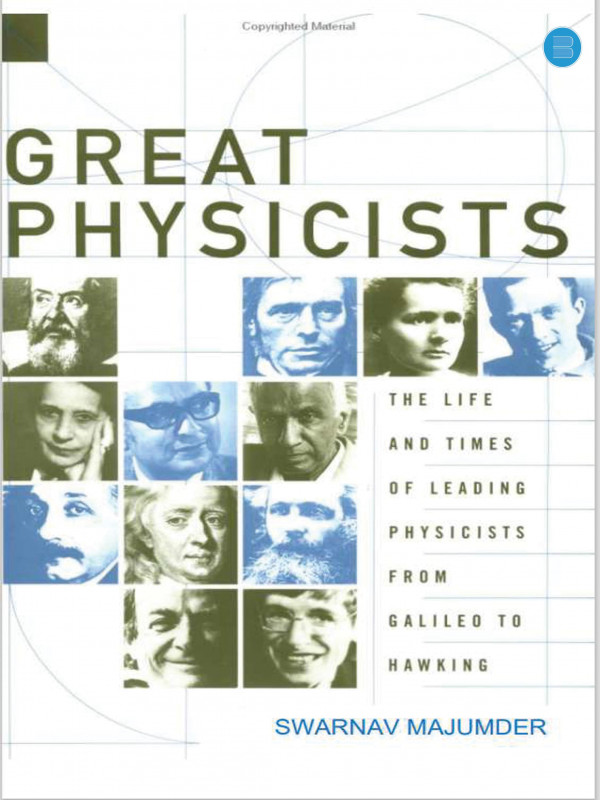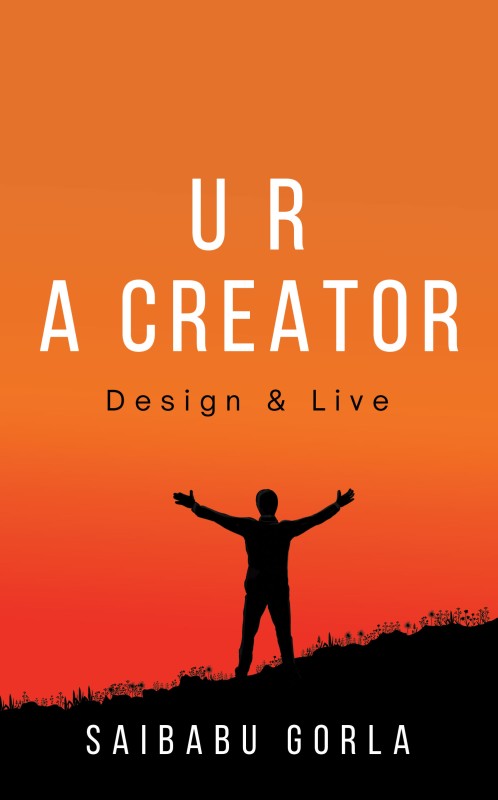Great Physicist
by SWARNAV MAJUMDER | 28-Aug-2022
(0)
This book tells about lives in science, specifically the lives of thirty from the pantheon of physics. Some of the names are familiar (Newton, Einstein, Curie, Heisenberg, Bohr), while others may not be (Clausius, Gibbs, Meitner, Dirac, Chandrasek...
Original
Books
Fastest
Delivery
7-day
Replacement
Book Details
- Language : English
- Pages : 512
- ISBN : 9789356682634
- Genre: ACADEMIC
- Size : 7.25 x 9.5
- Binding Type : HARDBOUND
- Age Group: + Years
- Paper Type : NATURAL SHADE/ OFF-WHITE PAPER
- Interior : COLOR
- Cover : GLOSS FINISH
- Book Type : PAPERBACK
- Tags : Great Physicist
-
Best Sellers Rank :
#132 in Academics
#756 in Global
Reviews
There are no reviews for this product yet.

 USD
($)
USD
($) AUD
($)
AUD
($) CAD
($)
CAD
($) EUR
(€)
EUR
(€) HKD
($)
HKD
($) GBP
(£)
GBP
(£) SGD
($)
SGD
($)








